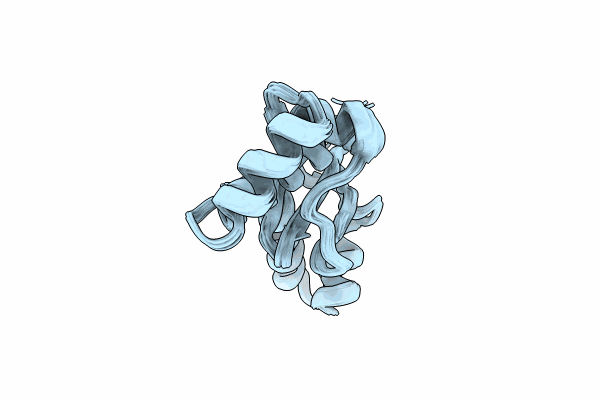
Deposition Date
2023-05-08
Release Date
2024-05-08
Last Version Date
2025-05-21
Method Details:
Experimental Method:
Conformers Calculated:
1800
Conformers Submitted:
20
Selection Criteria:
structures with the lowest energy


